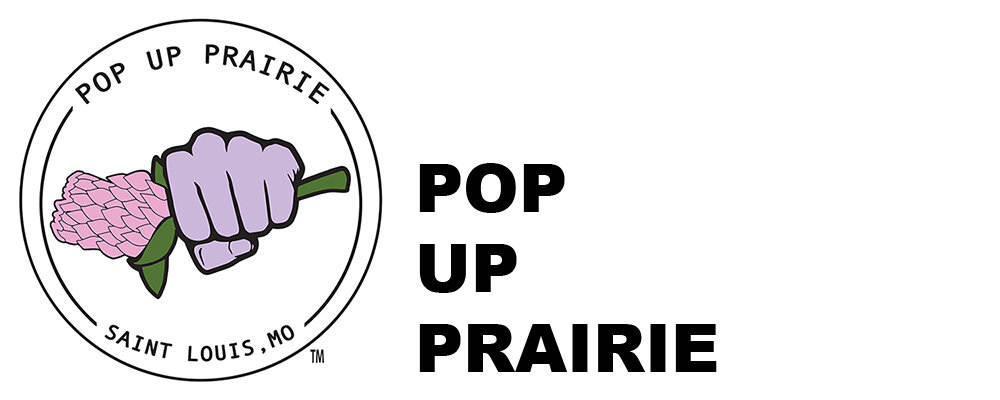It is well documented that wildlife habitat at the landscape level has been diminishing at an alarming rate within the last 200 years due to land conversion. The high-quality habitat that remains in our natural areas is highly fragmented, meaning it’s physically separated by barriers such as infrastructure, residential and commercial development, or row crop agriculture. Fragmentation is detrimental because it results in restricted gene flow, bottlenecked wildlife corridors, and the pressure placed on small habitat blocks by wildlife is unsustainable. To make matters worse, natural areas are already stressed by changing climate and invasion of non-native plants like bush honeysuckle. That’s where Pop Up Prairie and you come in, we believe the urban management of our natural resources is the key to the resilience of natural areas. You see, many people believe that the natural world is safely being conserved by the government, non-governmental agencies, and private landowners in rural areas. It is, but the management of natural areas is expensive and energy intensive and gains are often spoiled by budgetary constraints and a combination of factors discussed above. The long-term health of our natural areas is dependent on a shift in the traditional natural resource management paradigm that it can only be done at large scale and by professionals. Urban, residential landowners must become active resource managers. Relative to the landscape level, managing a 50 square feet pollinator garden in your back yard is low cost and time efficient because maintenance is minimal and thwarting exotic invasion is easy with garden style “weeding”. Pop Up Prairie’s mission is to create a robust urban habitat network, referred to as urban habitat refragmentation. Re-fragmentation? The city of St. Louis is situated on what was once “virgin” habitat. The “virgin” resource was carved up by development and fragmented over time until no quality habitat was left save for a few parks. We want to see a pollinator garden in every back yard, the high quality habitat that is fragmented merely by a fence-line and not miles of asphalt and corn. We want to export native seed (instead of non-native seed from traditional landscaping projects) via birds and other dispersal mechanisms like water to replenish exhausted seed banks in the natural areas. We want to build up healthy and thriving local populations of pollinators that must move on and find new territories. Above all, we want to increase bio-diversity and make sure the next generation has a chance to build on your collective successes at urban habitat refragmentation. If you’re feeling the buzz, get out there and join the effort. It’s easy, and Pop Up Prairie can advise you.
Urban Habitat Refragmentation: Break up the contiguous wasteland of monoculture lawn and alien landscaping with beneficial native habitat.
#habrefrag #fragyourhab
